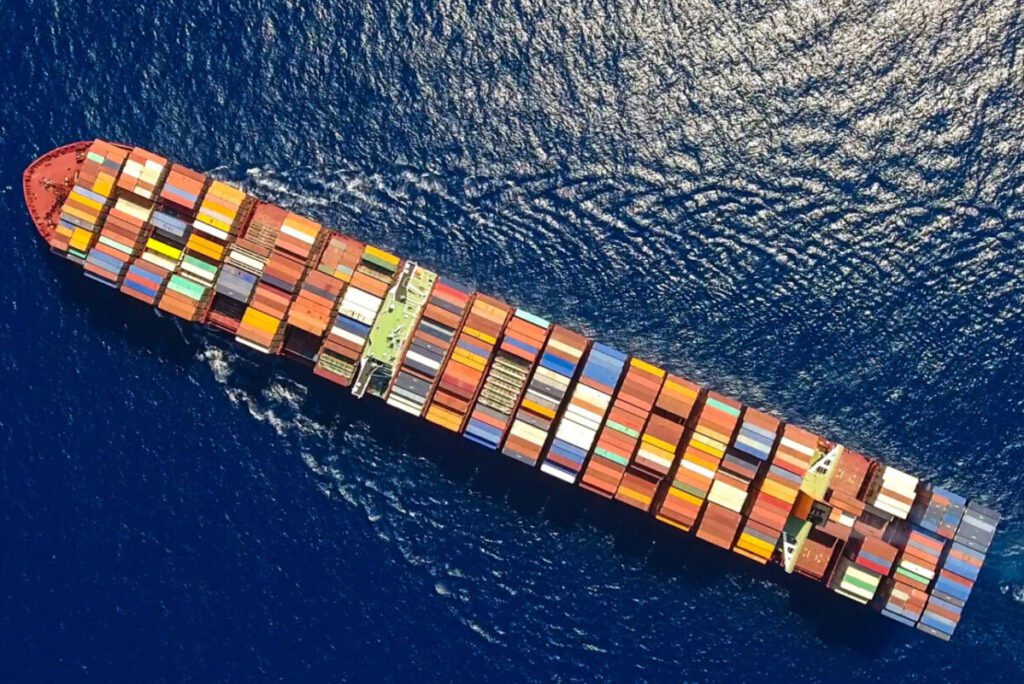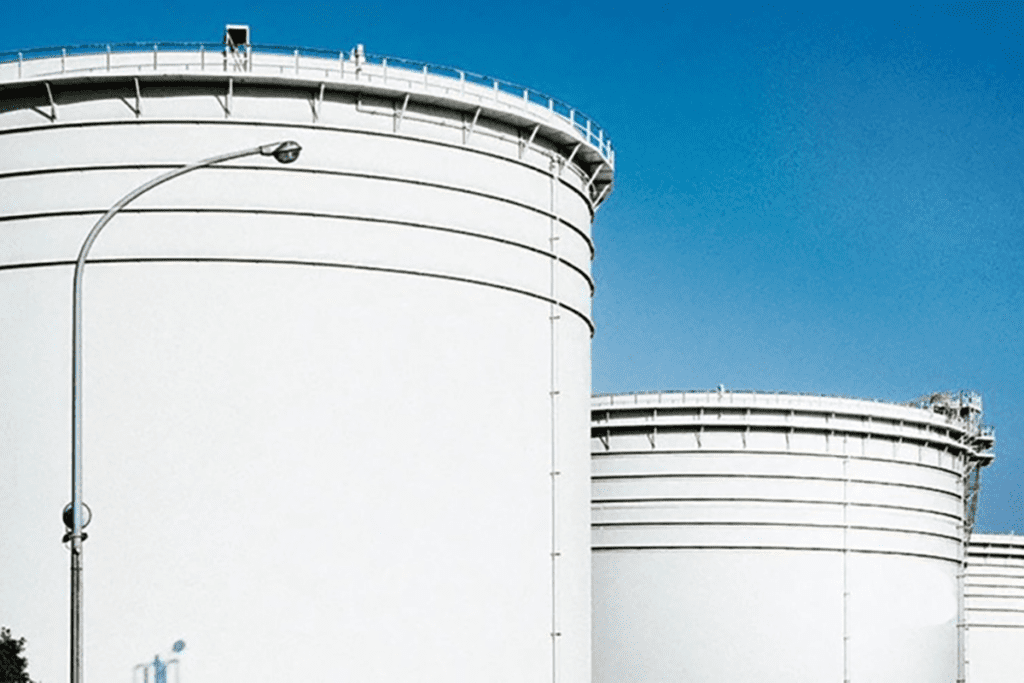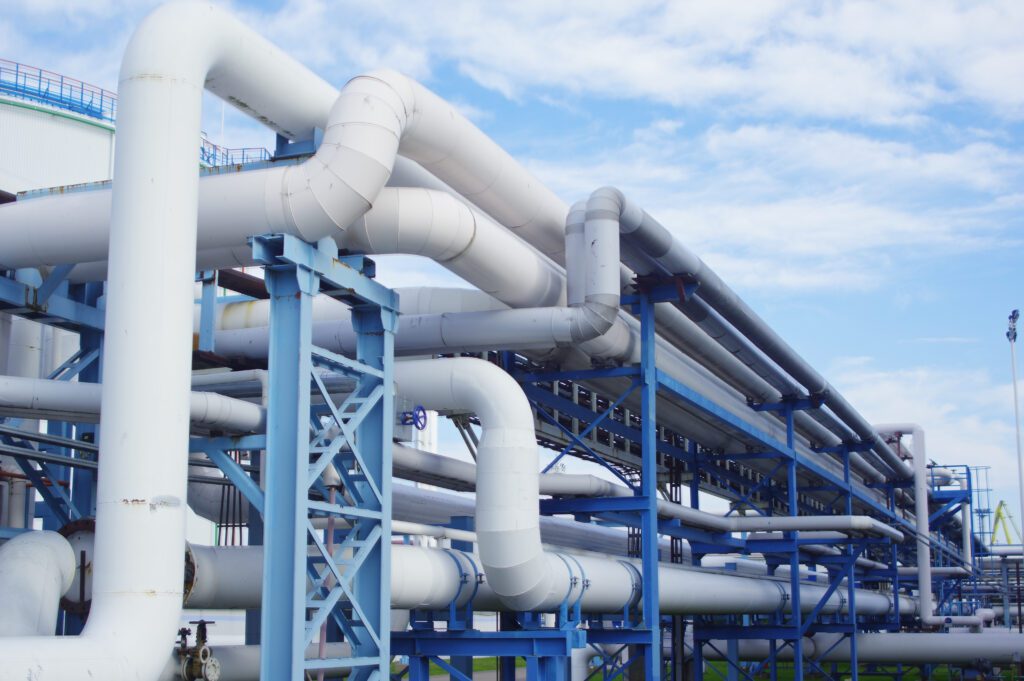HSL Technologies has conceived the first carrier to transport and store hydrogen at ambient temperature and pressure in liquid state with a non-organic basis. These innovations consist of two innovative chemical processes that charge and release hydrogen in the carrier.
This solution is called Hydrosil and offers great perspectives for green hydrogen transportation and hydrogen hubs, heavy duty on-board applications and strategic energy storage.
HydroSil offers flexible hydrogen solutions answering the demands of multiple sectors. It enables a safe, on-board release of hydrogen, making it ideal for maritime and rail mibility as it also strives to meet stringent emissions regulations. HydroSil also supports long-term and large-scale underground hydrogen storage, which is vital for Europe’s decarbonized energy system. Furthermore, it facilitates green hydrogen transportation, crucial for countries willing to meet their ambitious hydrogen import targets by 2050.

Sectors such as maritime and rail are developing hydrogen systems to comply with new regulations. About 80% of all trade between countries takes place by ship and, as this sector has to reduce its emissions by 40% (source: apnews)
Hydrogen is the only zero emission fuel that can provide the same use as oil-based ones. Indeed, the possibility of on-board hydrogen release is one of the biggest advantages provided by HSL Technologies. It is the only solution enabling the release of hydrogen on-board of vehicles from a safe liquid, with no energy required and without emissions.

Large-scale hydrogen storage is essential for the European hydrogen market and will become a key part of the decarbonized energy system.
It enables efficient planning and use of infrastructure (electricity, hydrogen) and add flexibility to the system, reduces needs to overbuild production, transmission capacities vis-à-vis expected demand.
The first estimates show a hydrogen storage capacity need of 70 TWh/H2? by 2030 and 450 TWh H by 2050 (source: Gas Infrastructure Europe).

The green hydrogen import has already been foreseen in some countries. For example, Japan aims to import 2 million tons of H per year in 2030 (source: METI)
The Environmental and Energy Management Agency of France has also worked on various scenarios to achieve carbon neutrality by 2050. In the third scenario, entitled “Green technologies”, massive consumption of green hydrogen is expected in 2050.
Projections indicates that approximately half of the required hydrogen—about 48 TWh—would need to be imported to meet energy demands (source: ADEME)